V2L: DO NOT buy an EV without considering this!
Buying an electric car today without vehicle-to-load functionality is one of the worst financial decisions you could possibly make with an EV. In this report, I'll show you exactly why and how much this feature can save you…
If you buy an electric car today and it does not have V2L functionality you are missing out.
I recently had a look at Australia's cheapest EV, the recently face-lifted 2023 MG ZS EV, full report here >>
And if you’re wondering ‘Should you buy an MG in 2023?’ here’s the answer >>
Quick glossary of terms: V2L or Vehicle-to-Load, means you can plug in an extension lead or an appliance directly and withdraw 240 volts of alternating current (AC) household grade electricity, just like out of the power point at home.
So many people, including the sellers of EVs, overlook the principal benefits. Go to the website of a carmaker today that sells an EV with V2L in it, and you'll see pictures of coffee machines, camping, laptop computers, and plugging into electric scooters. This whole thing misses the point.
The battery in your EV is an energy storage unit. If you're a typical Australian driver, you're not going to use most of that energy today. So you're a bit of a nut if you don't use it to power your home.
Have a look at what AGL or Origin charges you for electricity. The difference between off-peak and peak probably jumped up recently.
Yours might say peak usage is 71.2 cents per kilowatt hours and off-peak is 18.4 cents per kilowatt hour - the difference being 52.8 cents.
So here's a thought experiment. Let's say you own a great big battery, perhaps on four wheels sitting in the driveway, and it had a substantial amount of energy in it. Let’s say we charged it up at 18.4 cents per kWh, and then we plugged into the house and used that electricity at 71.2 cents per kWh to run your home office, the TV, the refrigerators, your air conditioning during summer or winter. You would save more than 50 cents for every kilowatt-hour you burned and you don't have to invest in a separate stationary battery to complement a solar system.
You don't even need a solar system on the roof in order to lunch off this. You just need to be able to charge your EV off-peak, and just use the electricity in the peak.
The worst thing about owning an electric vehicle today, in Australia is…
My AutoExpert AFFORDABLE ROADSIDE ASSISTANCE PACKAGE
If you’re sick of paying through the neck for roadside assistance I’ve teamed up with 24/7 to offer AutoExpert readers nationwide roadside assistance from just $69 annually, plus there’s NO JOINING FEE
Full details here >>
AutoExpert DISCOUNT OLIGHT TORCHES
These flashlights are awesome. I carry the Olight Warrior Mini 2 every day - it’s tiny, robust, and super useful in the field or in the workshop. Olight is a terrific supporter of AutoExpert.
Use the code AEJC to get a 12% discount >>
Generators suck! Go off-grid with AutoExpert BLUETTI PORTABLE POWER STATIONS
Need mobile, reliable power? If you’re camping, boating, caravanning or building a dirty big shed in the back paddock, and you need to run a refrigerator, lights, air conditioner, cooking, and/or a bunch of tools - Bluetti has a clean, tidy, robust solution…
Get your AutoExpert free shipping discount here: https://bit.ly/3n62heK
WHAT’S YOUR EV’S RETURN ON INVESTMENT?
Let's think about the fuel-saving aspect of EVs, because this is pretty easy to figure out.
If you've got a car that uses 8 litres per 100 kilometres, and you decide, ‘Screw that, I'm gonna go EV.’ You'll save 8 litres for every 100 kilometres, and the average Australian motorist drives about 15,000 kilometres a year.
Petrol is about a $1.80 per litre, and that means you will ‘save’ $2167 per year, at least in terms of the fuel.
But you will have to charge your EV and you can just charge at home during off-peak. So, if we did that for 15,000 kilometres, that you're going to keep driving right that's uh an ev like the zsc with a 50 kilowatt hour battery 50ish kilowatt hours we'll do about 250 kilometers so that's 60 charges okay of the 50 kilowatt hour battery that's 3 000 kilowatt hours of off-peak electricity which is going to cost you 552 bucks you're going to have to take that off the 2160 you save by not buying petrol and going to the filling station.
PHEV: The truth about buying a plug-in hybrid. Is it worth the money? >>
Your net saving will be $1600 dollars, roughly. That’s a 3.2 per cent return on investment for the top-spec MG ZS EV - 3.2. Sure, it's not a kick in the guts, but it wouldn't be enough to get most people across the line, frankly.
But what about if you hedge your bets with the electricity saved? You use it when it costs 71.2 cents, but you put it in at 18.4 - for example, you would charge up in the middle of the night, and you then use it during the day.
Having looked at your hypothetical electricity bill, using 15 kilowatt hours a day, on average. Let's say that you can do this 300 days a year, and for 60 days a year (which is more than once a week) you’re on some long distance drive where you need a full battery and the car’s away from home - so you can't do this.
Well, for 300 days a year we feasibly can because you’re working from home still, you can take the car to the shops and plug it back in when you get home. Basically, if we do 15 kilowatt-hours per day, we're going to save 52.8 cents, which is 0.528 dollars, times 15 kilowatt-hours, times 300 days. That's $2376 you can save - and that is the biggest saving you can make with an EV.
It's bigger than the fuel that you don't buy even if you've got solar upstairs and it's notionally ‘free’. So that in itself is a 4.8 return on investment.
Now, if you were going to do that, you'd want to talk to a qualified electrician and do it in a responsible way, with a dedicated circuit in your house switchboard which detected the battery being plugged in so that the mains got shut down and all of those appliances could be seamlessly switched over to running off your EV. Likewise, when you disconnect, it's not much fun having 14 extension cords running through the house, so let's not do that.
Let's come up with a slicker integrated solution for that.
If you add what we can save on the fuel with what we can save by hedging our bets with the different rates of electricity, which is 4.8 + 3.2 - that's a total saving of 8 per cent.
Incidentally, this saving is 1.5 times what you will save just by thinking about the fuel. It's 1.5 times more.
But if you add both of these strategies together, the fuel and the home electricity usage, you will save about $4000 per year. That's going to be an eight percent return on investment, for purchasing something like the $50,000 MG ZS EV.





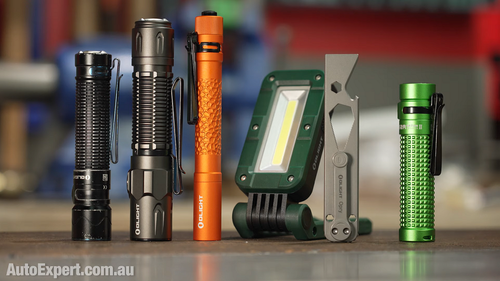

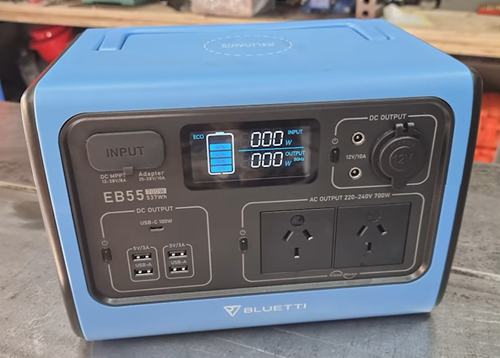
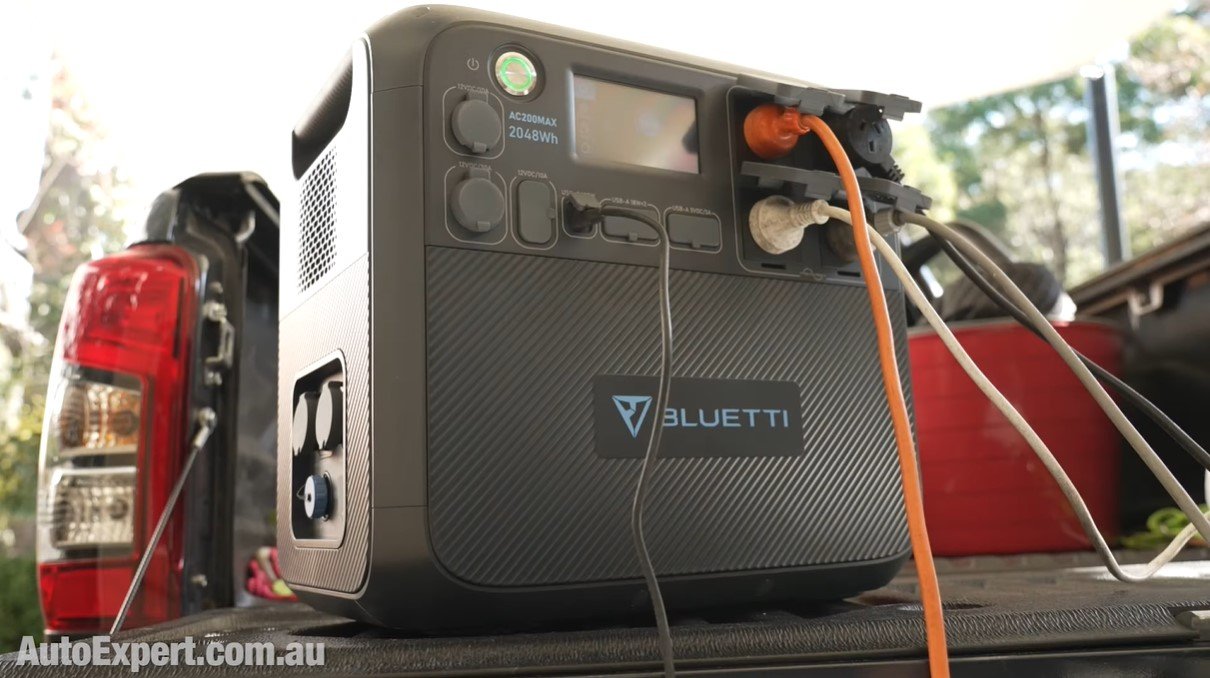


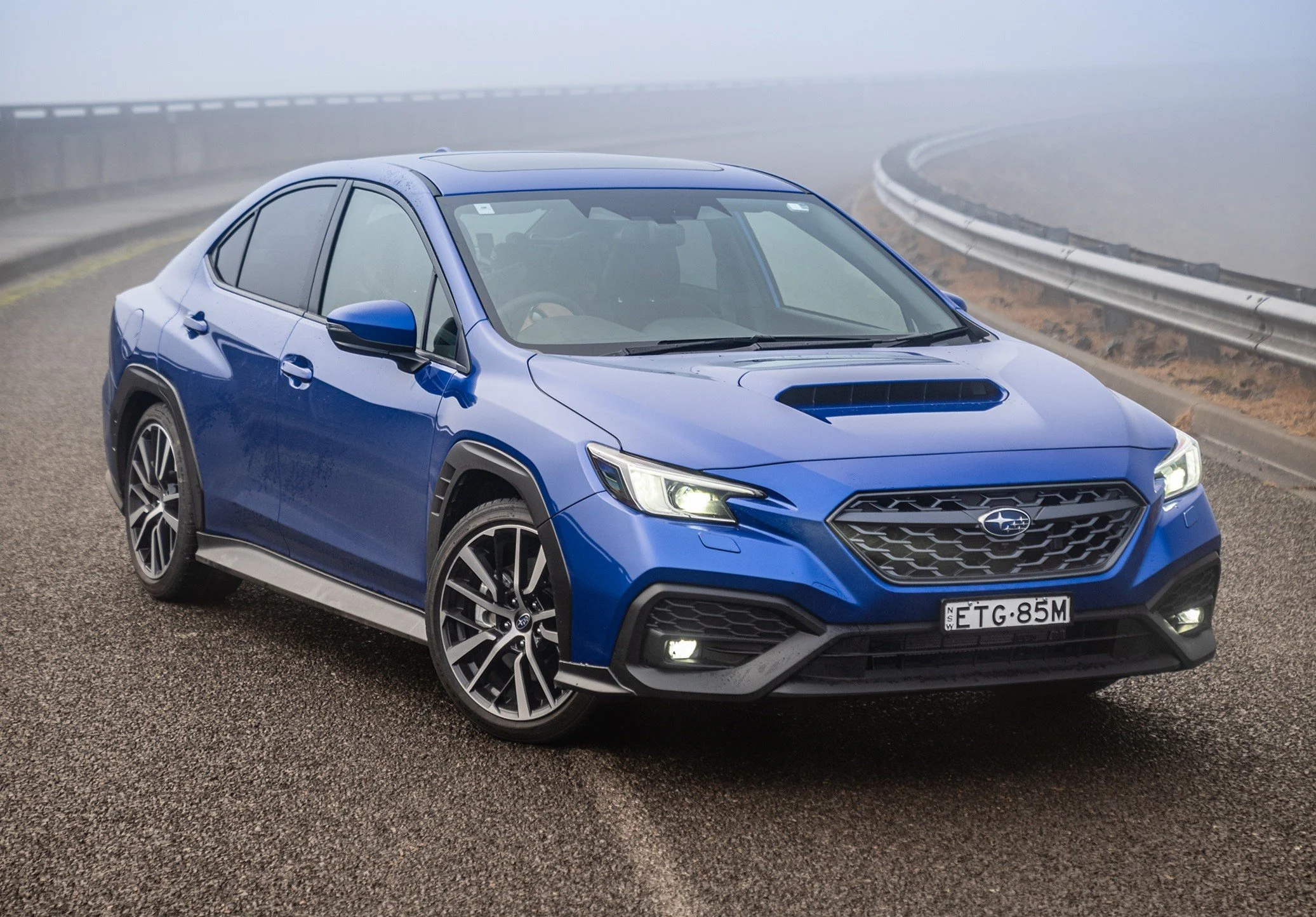
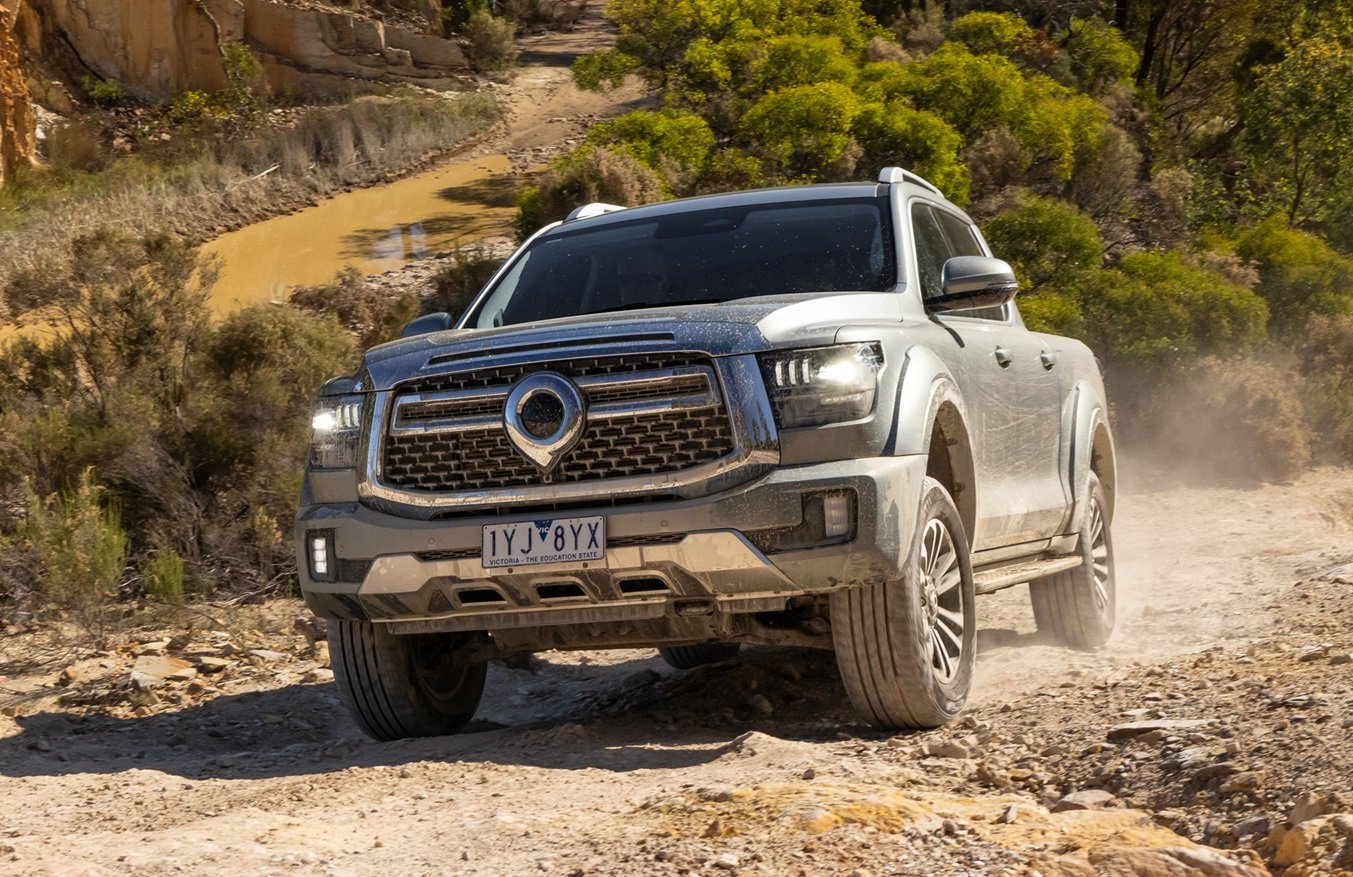

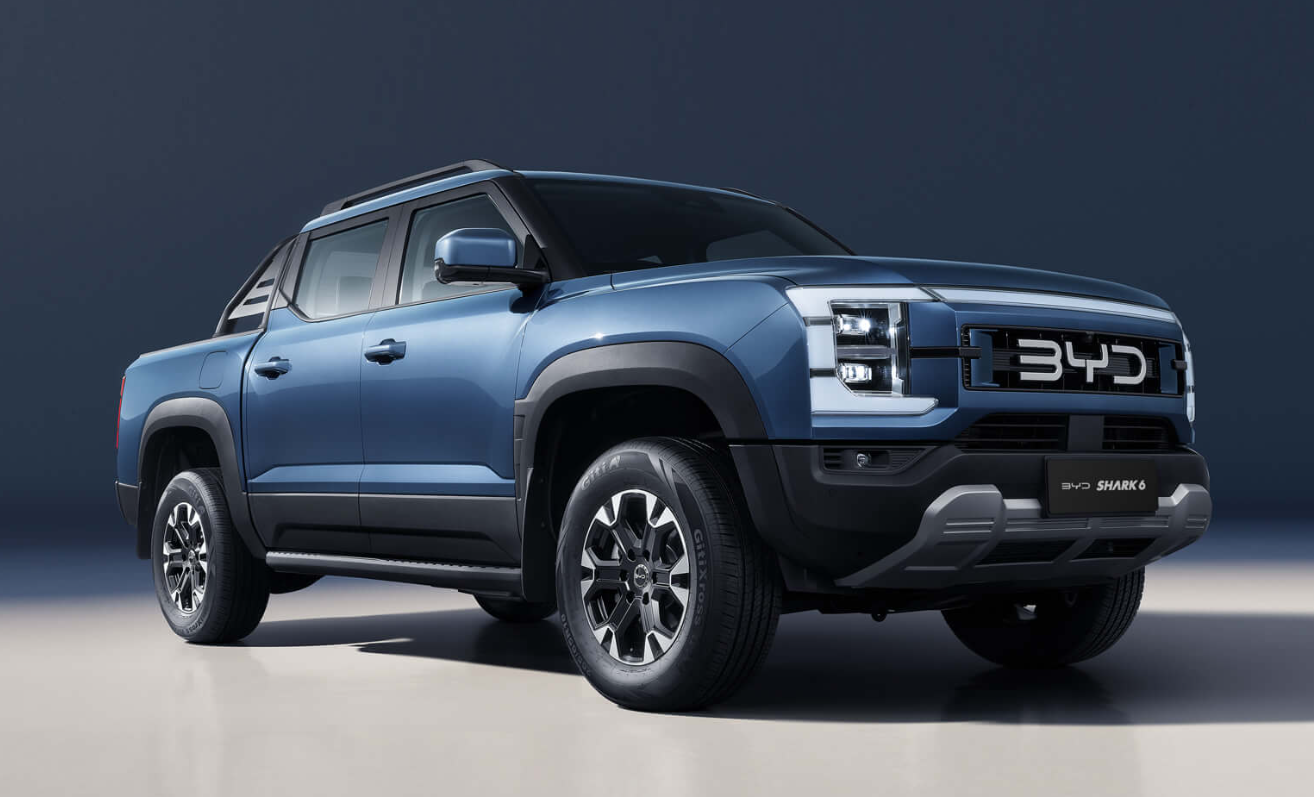

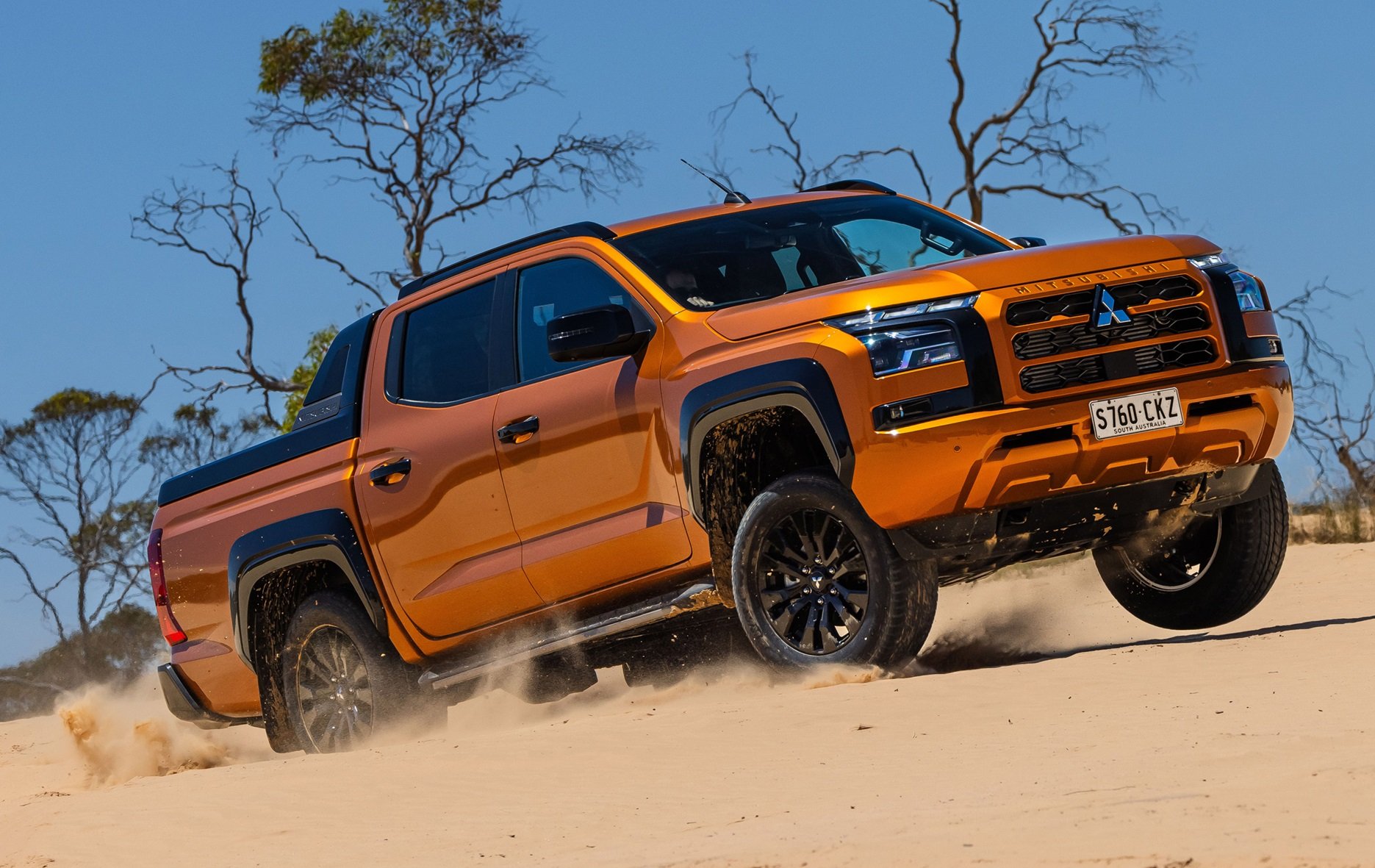




If you want one of the best driving, most luxurious and surprisingly capable five-seat SUVs in the market, don’t shop with the elite rip-off brands…